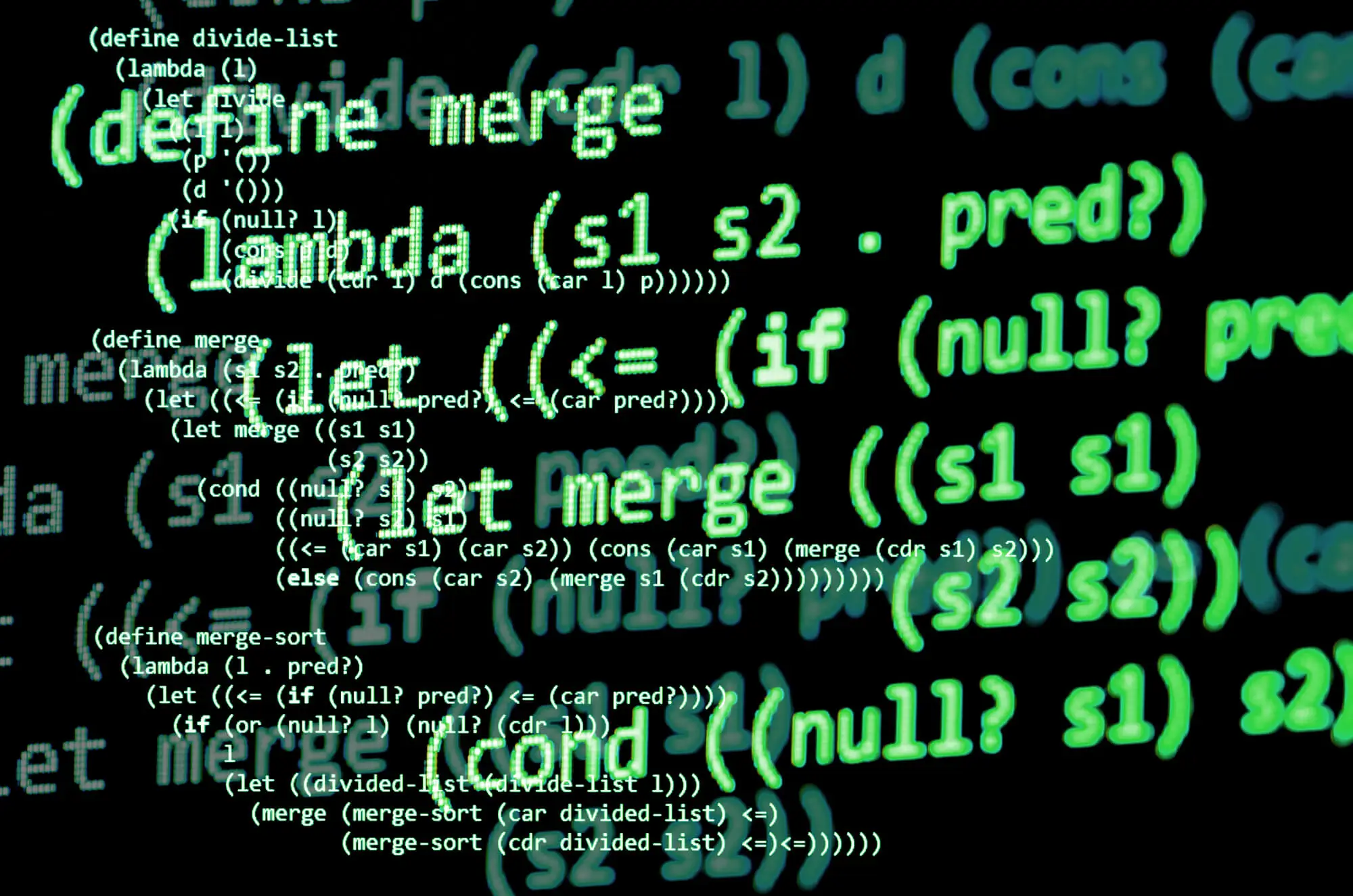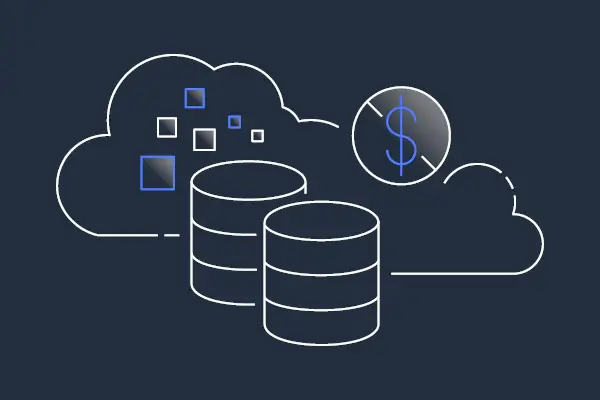· Jay Smith · Articles · 5 min read
Lambda Functions - The Power of Serverless Computing
Lambda functions are a concept in modern programming languages such as Python. They offer a way to create concise and straightforward functions without the need for a name.

Lambda functions also referred to as anonymous functions are a concept in modern programming languages such as Python. They offer a way to create concise and straightforward functions without the need for a name. The main advantages of utilizing lambda functions include;
Writing code when dealing with one line functions.
Passing functions as arguments to higher order functions.
Creating disposable functions for one time usage.
Lambda functions originated from lambda calculus, which’s a model of computation developed by Alonzo Church in the 1930s. The Python language adopted lambda functions early integrating them into its syntax in 1994 along with map() filter() and reduce().
Characteristics of Lambda Functions
Lambda functions possess characteristics that set them apart from regular user defined functions in Python;
They can accept any number of arguments like functions.
They are limited to containing a single expression rather than multiple statements.
They are ideal for writing concise and straightforward code blocks that will only be used once.
Their syntax differs from that of def (defined) functions.
For instance lambda function definitions;
Do not require the inclusion of a
returnkeyword since they always return a value.Omit parentheses around their arguments, in the definition.
Can be invoked immediately using the format
(lambda x; x ** 2)(3).
These differences make lambda functions more concise but less flexible than regular functions defined with `def`.
Working with Lambda Functions in Python
To define a lambda function you can use the syntax;
lambda arguments; expression
For instance consider this example;
python lambda x; x + 1
The above lambda function adds 1 to its argument. Additionally lambdas can accept any number of arguments like this;
python lambda x, y, z; x + y + z
To call lambda functions and pass arguments to them you can do something like this;
python (lambda x; x + 1)(2) # Returns 3
Lambda functions are commonly used for many purposes in Python. Some examples include;
Sorting and comparisons by utilizing arguments.
Event handlers in GUI programming.
Overall lambda functions provide a way to create anonymous functions in Python.
Use Cases and Practical Examples
Lambda functions shine when used with other Python features and constructs:
Higher-order functions like map(), filter(), and reduce() take function arguments. Lambda functions can be easily passed to them:
list(map(lambda x: x.upper(), ['cat', 'dog', 'cow'])) # Returns \['CAT', 'DOG', 'COW']
Key functions like sort(), [min()](https://docs.python.org/3/library/functions.html#min) and [max()](https://docs.python.org/3/library/functions.html#max) take key arguments that customize how they operate. Lambda functions work well for this:
points = [(1, 'A'), (2, 'B'), (3, 'C')] points.sort(key=lambda x: x[0]) # Sort by first element
So lambdas are commonly used for data processing, sorting, comparisons and other small use cases.
Lambda functions find use in data processing tasks, sorting operations, comparisons and other similar scenarios.
Python Lambda Function Tutorials
Many online resources provide practical lambda function examples and code walkthroughs:
Dataquest has a tutorial covering the syntax, uses, and alternatives.
Towards Data Science includes examples like timing functions, sorting, and data cleaning.
GeeksforGeeks explores lambda functions for filtering, mapping, and reducing data.
These tutorials complement the official Python documentation on lambda functions.
AWS Lambda: Beyond Python
It’s worth mentioning that the popularity of functions has grown significantly due to cloud services, like AWS Lambda which offers a compute service that allows code to be executed in response to events.
Key features of AWS Lambda include:
Event-driven execution - Runs code in response to events
Automatic scaling - Scales capacity in response to workload
Subsecond metering - Charges only for compute time used
Integration - Built-in integration with other AWS services
So AWS Lambda leverages lambda functions for event-driven serverless computing. This demonstrates the usefulness of the lambda concept beyond just Python.
Lambda Functions in Other Programming Languages
Lambda functions are supported in programming languages, each with its syntax and variations;
C# has lambda expressions that are similar to Python.
Java 8 added lambda expressions with some [differences](https://www.geeksforgeeks.org/lambda-expressions-java8/) from Python.
JavaScript lambda functions are known as [arrow functions](https://developer.mozilla.org/en-US/docs/Web/JavaScript/Reference/Functions/Arrow_functions).
So while syntax varies across languages, the overall concept of small anonymous functions is widely applicable. Some key differences from Python include:
Argument parentheses are required in languages like C# and Java
Limited or no support for statements in lambda function bodies
Pros and Cons of Lambda Functions
Some key advantages of using lambda functions include:
Concise, elegant syntax for small functions
Avoid unnecessary def statements for simple functions
Enable passing small functions as arguments
Potential disadvantages and limitations to be aware of:
Less readable and understandable than properly named functions
Limited to expressions rather than full function bodies
Lack of support for statements, annotations, documentation
Overall, lambda functions complement regular defined functions in Python. They provide a shortcut for small cases where a full function definition would be unnecessary overhead.
Best Practices for Using Lambda Functions
To leverage lambda functions effectively, keep these best practices in mind:
Use lambdas for simple, short function expressions
Avoid complex lambdas - move logic to standard functions instead
Favor expressiveness and readability over terseness
Consider alternatives like comprehensions where applicable
Review PEP 8 recommendations for using lambdas
The key is to balance conciseness from lambdas with clarity in your code.
Conclusion
In summary, lambda functions are a powerful construct with many applications in Python and other languages:
Lambda functions originated in lambda calculus and functional programming
They provide an elegant shortcut for small anonymous functions in Python
Common uses cases include data processing, event handling, and custom sorting
AWS Lambda demonstrates the usefulness of lambda functions at scale
Languages like C# and Java have adapted the lambda concept as well
Used properly, lambdas can make Python code more concise and readable
Lambda functions are a great tool for any Python developer to understand. This guide provided an overview of how, when, and where to effectively use Python lambda functions. The key is gaining experience with lambdas to see where they provide value in your code.
Interested in seeing how Lambdas can be deployed in your business to help streamline routine processes while saving money? Reach out to God Particle IT Group today and we’ll perform a Well Architected Review to see how you can leverage Cloud engineering to take your company to the next level!




